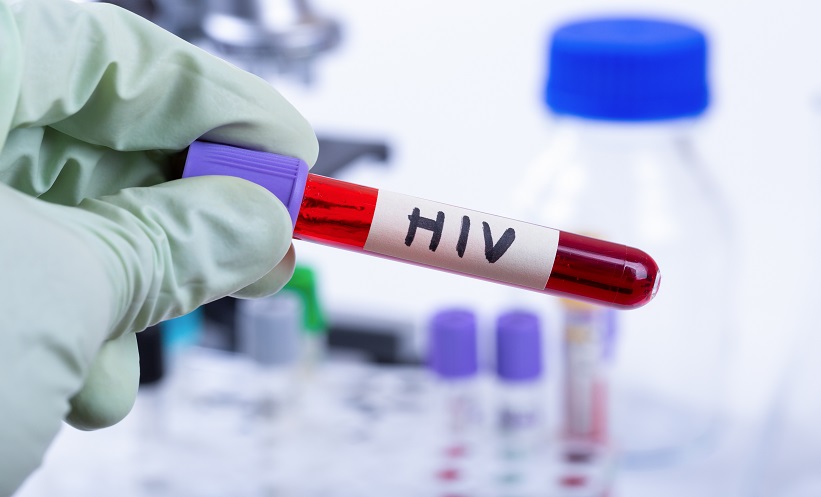NOVEL diagnostic technology based on advanced self-learning computer algorithms may identify the source of cancer in a patient with 85% certainty, on the basis of a biopsy from a metastasis, potentially boosting prognosis.
While many doctors can discern that a patient has cancer and even locate an organ that is affected, finding the origin of the cancer is often much more difficult. This can lead to a long wait for patients and poor treatment. Accurate diagnosis of cancer can be slow as a result of diagnostic technologies, which can result in people waiting a long time for their treatment.
Despite this, there are still 2 ̶ 3% of those with cancer where the source cannot be identified; this leads to untargeted and frequently ineffective treatment regimens. Previous research has looked at the DNA mutations of many cancers to try and find optimal treatment for those with specific mutations, but this system has never been used to find the location or type of a cancer.
This novel method, called TumorTracer, is based on analyses of DNA mutations in cancer tissue samples from patients with metastasised cancer. The pattern of mutations is analysed in a computer program, trained to locate potential primary tumour localisations. The algorithm has been tested on thousands of samples where the primary tumour has already been identified, and is extremely precise. The next step is to test the procedure on patients with unknown primary tumours. In recent years, researchers have revealed numerous ways of using genomic sequencing of tumours to predict if an individual cancer patient would benefit from a certain type of treatment.
This method has proved successful and is becoming increasingly deployed in cancer patients. Prof Aron Eklund, Associate Professor, Department of Systems Biology, Technical University of Denmark, Kongens Lyngby, Denmark, said: “We are very pleased that we can now use the same sequencing data together with our new algorithms to provide a much faster diagnosis for cancer cases that are difficult to diagnose, and to provide a useful diagnosis in cases which are currently impossible to diagnose. At the moment, it takes researchers 2 days to obtain a biopsy result, but we expect this time to be reduced as it becomes possible to do the sequencing increasingly faster. And it will be straightforward to integrate the method with the methods already being used by doctors.”
(Image: freeimages.com)







